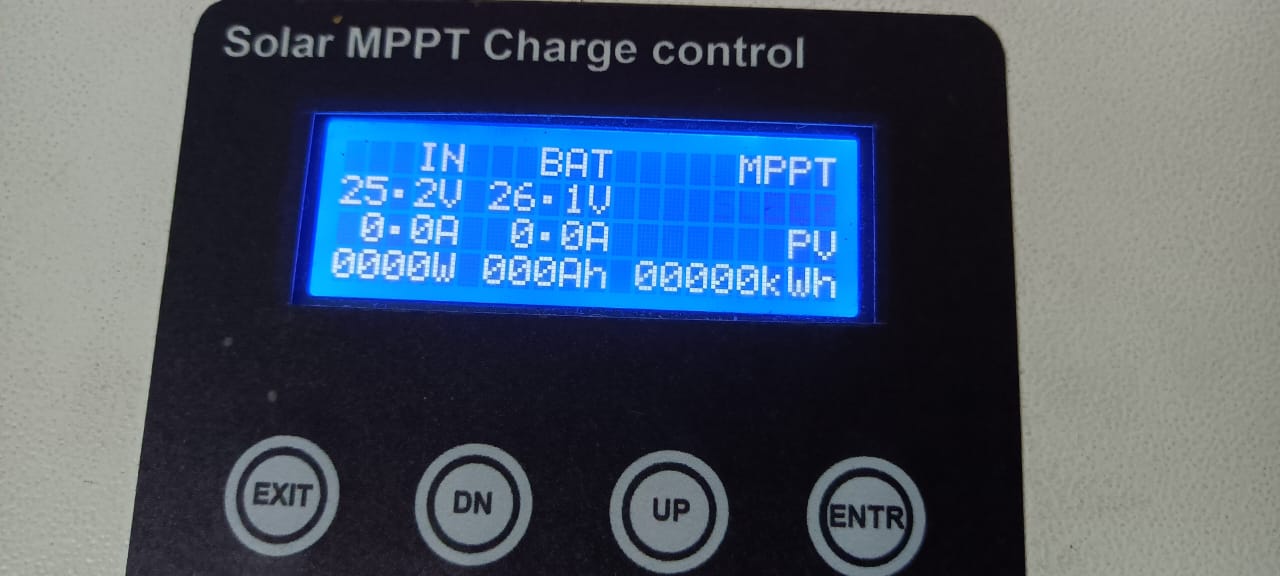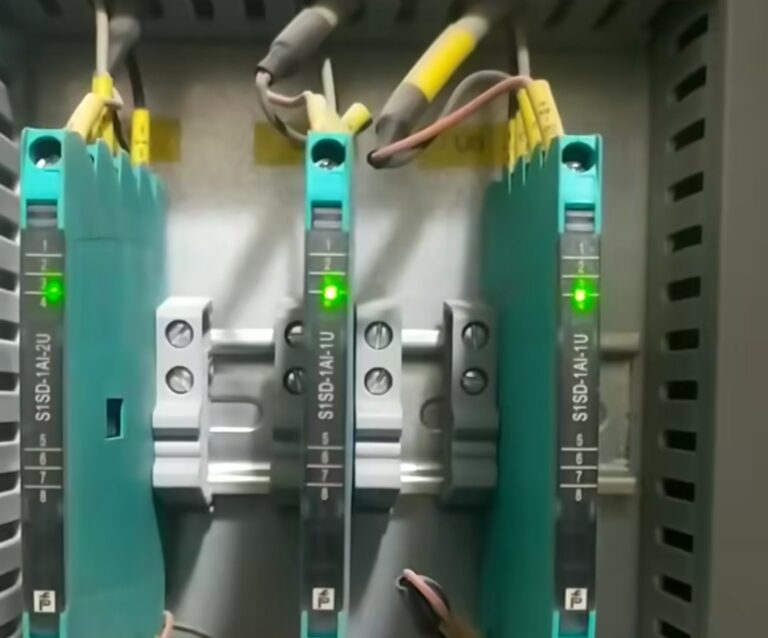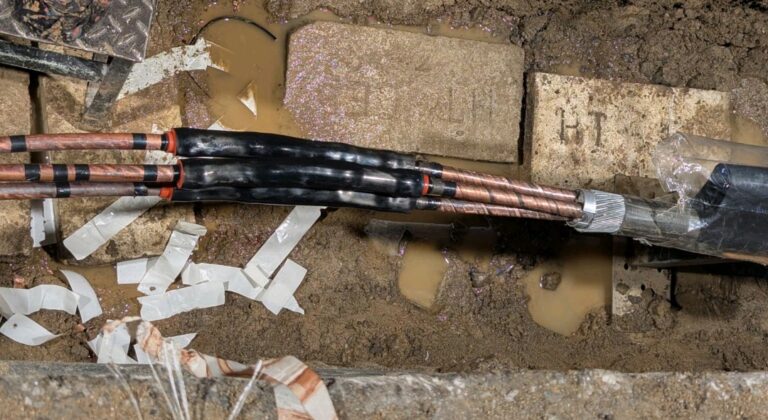
Solar MPPT change control Display
Understanding Solar MPPT Charge Controllers
Introduction
Solar energy is increasingly becoming a popular alternative to traditional fossil fuels due to its renewable nature and environmental benefits. A crucial component in optimizing the efficiency of solar power systems is the Maximum Power Point Tracking (MPPT) charge controller. This article will delve into what MPPT charge controllers are, how they work, and their advantages in solar power systems.
What is an MPPT Charge Controller?
An MPPT charge controller is an electronic device that optimizes the match between the solar array (solar panels) and the battery bank or the utility grid. The primary role of an MPPT charge controller is to ensure that the solar panels operate at their maximum power point, which varies with changes in sunlight intensity and temperature.
How Does MPPT Work?
Solar panels have a non-linear power output, meaning the voltage and current they produce vary with sunlight intensity and temperature. The MPPT charge controller continuously monitors the voltage and current output of the solar panels and adjusts the electrical load to extract the maximum possible power. Here’s a simplified breakdown of the process:
- Voltage and Current Detection: The MPPT controller measures the voltage and current from the solar panels.
- Algorithm Calculation: It uses an algorithm to determine the maximum power point, where the product of voltage and current is at its peak.
- Load Adjustment: The controller adjusts the resistance of the load to match the maximum power point, ensuring optimal power transfer from the panels to the batteries or the grid.
Advantages of MPPT Charge Controllers
- Increased Efficiency: MPPT controllers can improve the efficiency of solar power systems by up to 30%, especially in conditions of low irradiance or varying temperatures.
- Flexibility: They can handle a wide range of input voltages, making them suitable for different types of solar panels and configurations.
- Battery Protection: These controllers prevent overcharging and deep discharging of batteries, thus extending their lifespan.
- Cost-Effective: Despite being more expensive than traditional Pulse Width Modulation (PWM) controllers, the increased energy harvest and prolonged battery life can lead to long-term cost savings.
- Versatility: MPPT controllers can be used in both off-grid and grid-tied solar power systems.
Applications of MPPT Charge Controllers
- Residential Solar Systems: Ensures maximum efficiency in home solar installations.
- Commercial Solar Farms: Optimizes large-scale solar power generation.
- Remote Power Systems: Ideal for providing power in remote locations where grid access is unavailable.
- Marine and RV Solar Systems: Enhances the efficiency of solar panels in mobile and marine environments.
Conclusion
MPPT charge controllers play a vital role in maximizing the efficiency and reliability of solar power systems. By continuously tracking and adjusting to the maximum power point of solar panels, these controllers ensure optimal energy harvest and battery health. As solar technology continues to advance, the adoption of MPPT charge controllers is likely to become even more widespread, contributing to the growth of sustainable energy solutions.
For anyone looking to invest in solar energy, understanding and selecting the right MPPT charge controller is crucial for achieving the best performance and return on investment.

